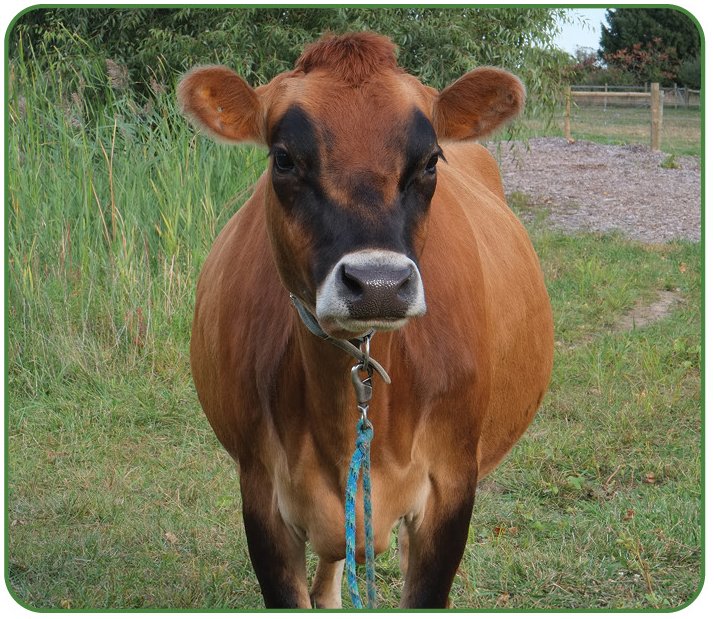By Rob Meyer-Kukan
Essential oils—they’re everywhere! You can find them in the grocery store, home improvement stores, the mall, and even the gas station. Aromatherapy, with essential oils, is extremely popular right now. As the saying goes, “everything old is new again.” That’s truly the case with essential oils.
Essential oils have been around since the beginning of recorded time and have been used for thousands of years. As the holistic health field blossoms, we are seeing a return to all things natural. Homeopathy, Iridology, energy work, aromatherapy, and other holistic modalities are quickly becoming more mainstream.
Essential oils have been called “man’s first medicine.” References to essential oils have been found in Egyptian hieroglyphs and Chinese manuscripts dating back thousands of years. There are close to 500 references to aromatics, incense, and ointments in the Bible and other sacred texts.
Today we use essential oils in three ways:
Topically (applying them directly to the skin)
Aromatically (breathing them in either by placing the oils in your hands, rubbing them together, and cupping them over your nose, or with the aid of an essential oil diffuser)
Internally (as a dietary supplement, in a gel capsule, or in your cooking)
As a massage therapist, I incorporate aromatherapy into my practice in many ways. One of my favorite ways to use essential oils is to incorporate them topically into a body work session. One such way is the Raindrop Technique.
Developed by the late Dr. D. Gary Young (founder of Young Living Essential Oils) in the 1980s, the Raindrop Technique uses nine therapeutic grade essential oils on the feet and along the spine to create a deeply balancing and relaxing experience. It is said that the Raindrop Technique rejuvenates the mind and balances the body. The essential oils used in Raindrop Technique are: Valor (essential oil blend), oregano, thyme, basil, cypress, wintergreen, marjoram, Aroma Siez (essential oil blend), and peppermint. Additionally, another blend, White Angelica, is applied at the end of the Raindrop Technique.
To begin, the therapist applies essential oils to the feet of the client along the spinal reflex points. These points, as laid out in traditional foot reflexology, lie along the medial (inside) edge along the sole of the foot from the heel to the tip of the big toe. A specific, gentle fingertip rolling technique called VitaFlex is used to apply the oil to the feet. Once all of the oils have been applied, the therapist may do some additional work to the feet including reflexology or other traditional relaxation techniques.
Then the practitioner applies the oils to the back of the client. Employing a variety of different massage techniques, the essential oils are, one by one, gently dropped onto the back of the client. Gentle finger rolling, fanning, effleurage techniques (smooth gliding strokes), and more are used to disburse the oils on the back. Once all of the oils have been applied the therapist may choose to perform additional massage techniques here to aid in relaxation or relieve tense or tight muscles. At this point, some practitioners find it beneficial to apply a hot compress to the back. This encourages deep penetration of the oils and is very soothing and relaxing to the client. The final step of the Raindrop Technique stimulates the flow of lymph by gently engaging the cranial bones at the back and base of the head.
Read related article: Essential Oils: More Than Just Pretty Aromas
While developing the technique, Gary Young applied his vast knowledge of the chemical properties of the essential oils, with the finger rolling technique, and the feathering and fanning techniques that he learned from the Lakota people of South Dakota. The finger rolling technique called VitaFlex is based on a traditional Tibetan acupressure and reflexology technique brought to the world by Stanley Burroughs in the 1920s. The concept is that gently rolling the fingertips, with light pressure, over specific reflex areas of the body brings an energetic vitality to the body. Burroughs initially coined the name VitaFlex to be a shortened version of his phrase “vitality through the reflexes.”
The Native American influences seen in the Raindrop Technique include the light effleurage technique we call feathering and fanning. At certain points in the year, the Lakota people of South Dakota migrated across the Canadian border into the northern regions of Saskatchewan and Manitoba. It was here that they would take in the healing energy of the northern lights. When the United States/Canada border was established, and the Lakota could no longer freely migrate north, they began to incorporate this light effleurage technique of feathering and fanning strokes into their healing practices to simulate the energy of the Northern Lights.
A Raindrop Technique session takes approximately 60 minutes to complete, while other therapists allow for additional techniques to be performed in a 90-minute session.
Rob Meyer-Kukan is a Licensed Massage Therapist, a Licensed Sound Therapist, and a Natural Health Educator. He is the owner of 7 Notes Natural Health located on Ann Arbor’s southeast side. To learn more, please visit his website robmeyerkukan.com or contact him by email at rob@robmeyerkukan.com.






























































































































































































I stepped carefully upon the stone walkway, treading past raised garden beds, massive shade trees, and garden ornaments and recalled the echo of curiosity and caution which accompanied my first visit to this magical place. It was nearly fifteen years ago for Level 1 Healing Touch energy therapy class at the home of Barbara McConnell in Grass Lake.